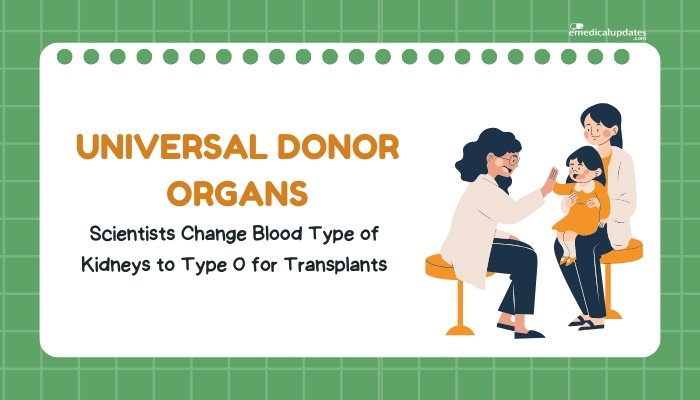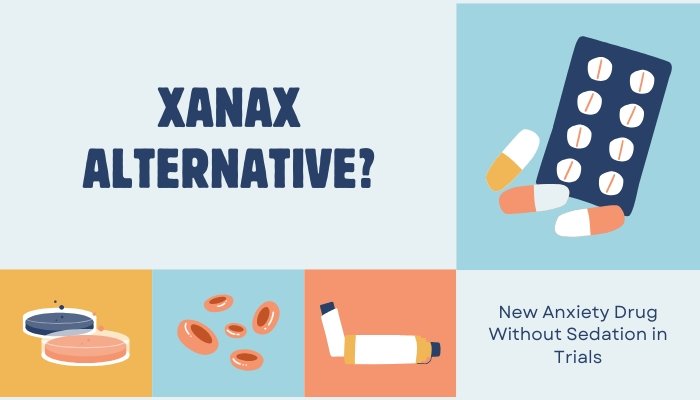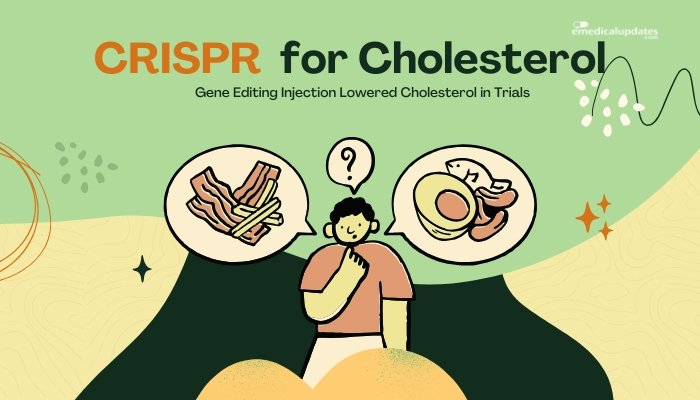Introduction
For decades, antiretroviral therapy (ART) has managed HIV by suppressing viral replication, improving patients’ health, and reducing transmission. However, ART isn’t a cure; strict adherence and potential side effects remain challenges. Now, researchers are taking a page from cancer immunotherapy to battle HIV with genetically modified T-cells. This approach aims to reprogram the immune system to detect and destroy infected cells, promising a durable solution that might reduce or even eliminate the need for lifelong ART. In this article, we delve into how these engineered T-cells work, their progress in clinical trials, and the potential impact on HIV treatment.
Why Look Beyond ART for HIV?
Shortcomings of Lifelong Therapy
- Adherence: Missing doses allows viral rebound and fosters resistance.
- Side Effects: Though modern ART is safer, long-term use can still bring metabolic, renal, or bone density concerns.
- Viral Reservoir: Latent HIV persists in “hidden” cells, reemerging if ART stops.
A therapy that clears or controls HIV without daily medication could transform patient quality of life and reduce healthcare burdens.
Lessons from Cancer Immunotherapy
Chimeric antigen receptor (CAR) T-cell therapies revolutionized certain leukemias and lymphomas. Though these T-cells typically target tumor antigens, the core principle—engineer T-cells to aggressively kill specific cells—can be applied to HIV, if the correct viral targets are identified.
How Engineered T-Cells for HIV Work
CAR T-Cells for HIV
Scientists design CAR T-cells that recognize HIV-associated epitopes on infected cells:
- T-Cell Collection: Patient’s T-cells are harvested via apheresis.
- Genetic Modification: Lab engineers introduce genes encoding special receptors or “CARs” that bind viral proteins or HIV-infected cell markers.
- Expansion and Infusion: The engineered T-cells proliferate in the lab, then get reinfused into the patient, patrolling for cells bearing HIV’s antigens.
T-Cell Receptors (TCRs) and CCR5 Edits
- TCR-Based Therapy: Instead of a CAR, T-cells can be armed with T-cell receptor modifications that specifically bind HIV peptides presented on MHC molecules.
- CCR5 Knockout: Another approach knocks out CCR5, the receptor HIV commonly uses to enter T-cells, producing HIV-resistant T-cells.
Clinical Trials: Recent Progress
Early Safety and Feasibility
Phase I trials highlight:
- Tolerability: Engineered T-cells appear safe, with side effects like mild cytokine release syndrome sometimes observed but not as severe as in some CAR T therapies for cancer.
- Viral Load Shifts: Some patients show temporary or sustained reductions in HIV levels, especially in synergy with ART interruption or intensification.
Larger Trials Underway
Researchers refine design—targeting stable HIV epitopes, adding “armored” T-cells that resist exhaustion—to bolster longevity. Multicenter Phase II or proof-of-concept trials are exploring:
- Best Dosing Schedules: Single infusion vs. repeated T-cell infusions.
- Combination Approaches: T-cell therapy plus latency-reversing agents, aiming to expose hidden viral reservoirs for T-cells to eradicate.
Potential Benefits Over Conventional ART
- Reduced Medication Dependence: If T-cells maintain control, patients might reduce or discontinue daily ART.
- Less Risk of Resistance: Custom T-cells adapt to mutated HIV variants or can be reengineered with updated specificity.
- Longer-Lasting Immunity: Some T-cells become memory T-cells, offering extended surveillance against viral rebound.
Key Challenges and Considerations
Reservoir Complexity
HIV hides in latently infected cells—like memory CD4+ T-cells—where it’s inactive. T-cell therapy might not readily detect or kill these silent carriers. Strategies such as “shock and kill” (latency reversal) may be crucial for more comprehensive clearance.
Safety
- Cytokine Release Syndrome: T-cell hyperactivation can cause inflammation. Proper dosing and monitoring are vital.
- Autoimmune Risks: The T-cells must specifically target HIV-infected cells without damaging healthy tissues.
Scalability and Cost
Engineering T-cells is complex and expensive, typically done in specialized facilities. Large-scale usage might remain limited until manufacturing, distribution, and cost hurdles are addressed.
Future Directions
Combined Strategies
Synergy with:
- Vaccines: Boosting broad HIV immunity.
- Gene Editing: Removing CCR5 or disabling latent viral DNA in infected cells.
- Immunomodulators: Checkpoint inhibitors or other cytokines to enhance T-cell function.
Optimizing T-Cell Persistence
Improvements in T-cell engineering could extend cell lifespan, preventing the need for repeated infusions. The ultimate goal: A durable, perhaps once-only therapy that confers lasting remission or even functional cure.
Path to Widespread Adoption
Should Phase III confirm strong efficacy and safety, regulatory approvals might follow, initially for those with advanced or multidrug-resistant HIV. Over time, these therapies might expand to a broader patient population.
Frequently Asked Questions
- Could engineered T-cells cure HIV?
- Possibly they might achieve a “functional cure,” controlling the virus without ART. Complete eradication remains challenging due to latent reservoirs.
- How do these therapies compare to bone marrow transplants for HIV cures?
- Unlike high-risk transplants, T-cell therapies are less invasive. They aim for targeted immune control rather than total immune system replacement.
- Will I still need daily ART?
- Early trials show some patients reduce or pause ART, but each case is unique. More evidence is needed to confirm durable remission without ART.
- What about cost and availability?
- Initially, it might be costly and offered in specialized centers. If widely successful, scale could drive down costs and expand access.
- Are there side effects like with CAR T in cancer?
- Risk of cytokine release syndrome or neurotoxicity is generally lower so far, but close medical oversight is still crucial.
Conclusion
Engineered T-cells bring new hope to the HIV community by potentially circumventing daily antiretrovirals and controlling the virus long-term. Ongoing clinical trials are refining T-cell designs—either by reprogramming them to recognize HIV antigens or by modifying them to be resistant to infection. Though the concept of immunotherapy for HIV is still evolving, results thus far suggest it may be a milestone in forging a path toward more definitive viral suppression or functional cure.
Key challenges, like eradicating hidden viral reservoirs and ensuring T-cell longevity, stand in the way of a universal solution. But as researchers hone the science and cost structures improve, T-cell–based HIV therapies could become a viable, transformative option. For many living with HIV, these emerging immunotherapies might eventually replace or greatly reduce reliance on lifelong ART, reshaping the standard of HIV care worldwide.
References
-
- Tebas P, et al. (2021). “Engineered T-cells for HIV: Early-phase trials and outcomes.” J Infect Dis.
-
- Hütter G, et al. (2009). “CCR5-Δ32 stem cell transplant leads to HIV remission.” NEJM.
-
- Scholler J, et al. (2019). “CAR T-cells and TCR-based therapy for HIV: bridging cancer immunotherapy concepts.” Front Immunol.
-
- Deeks SG, et al. (2021). “HIV cure strategies and immunotherapeutics.” Nature.







